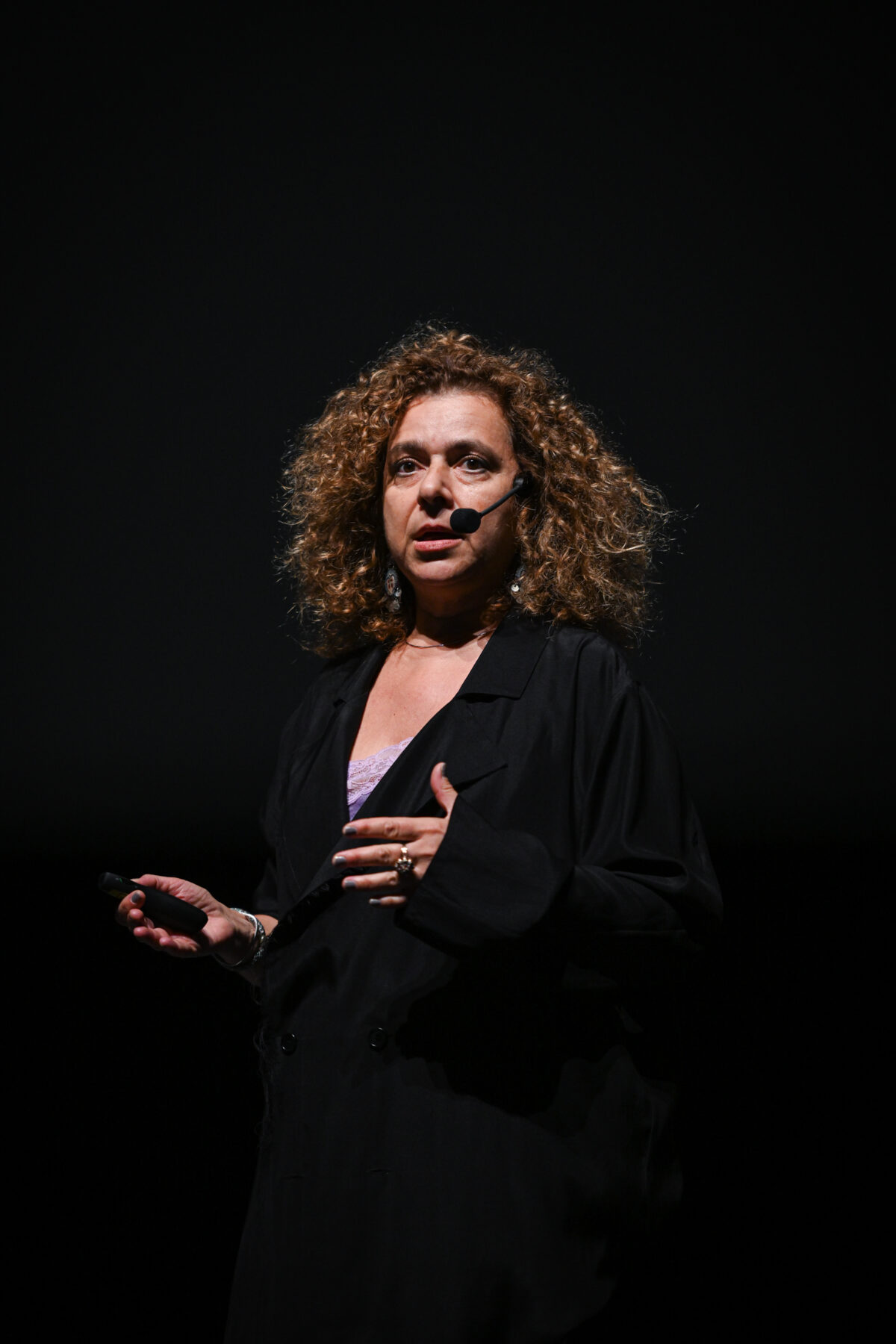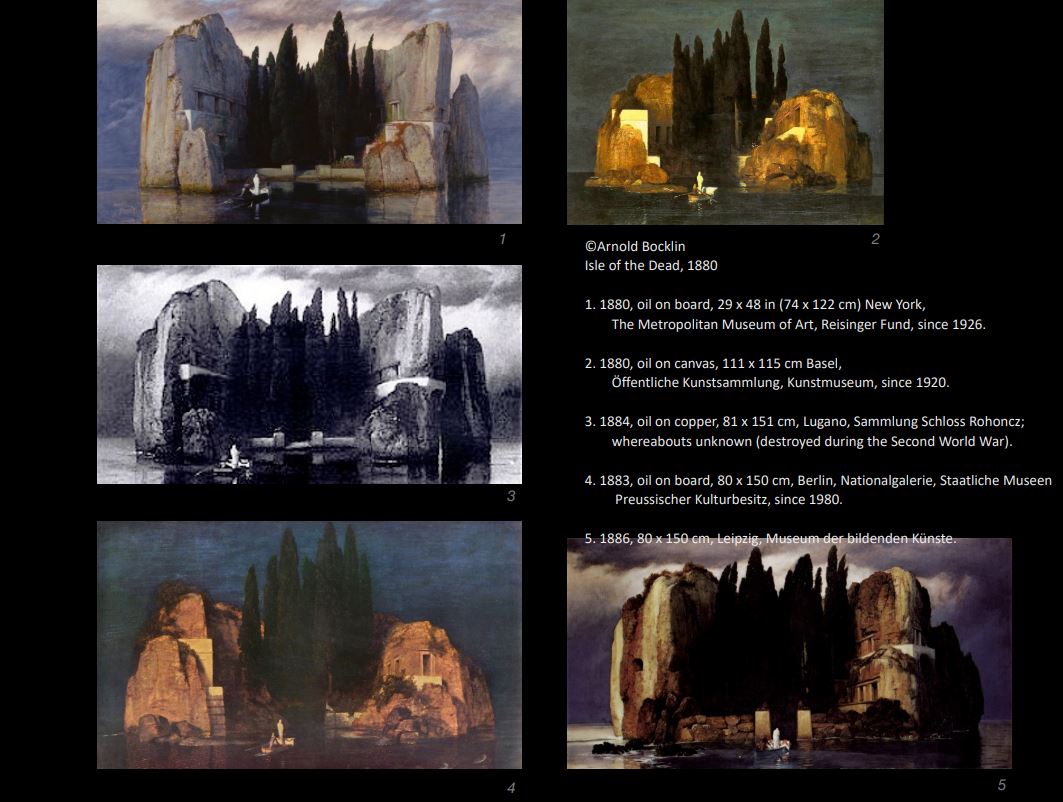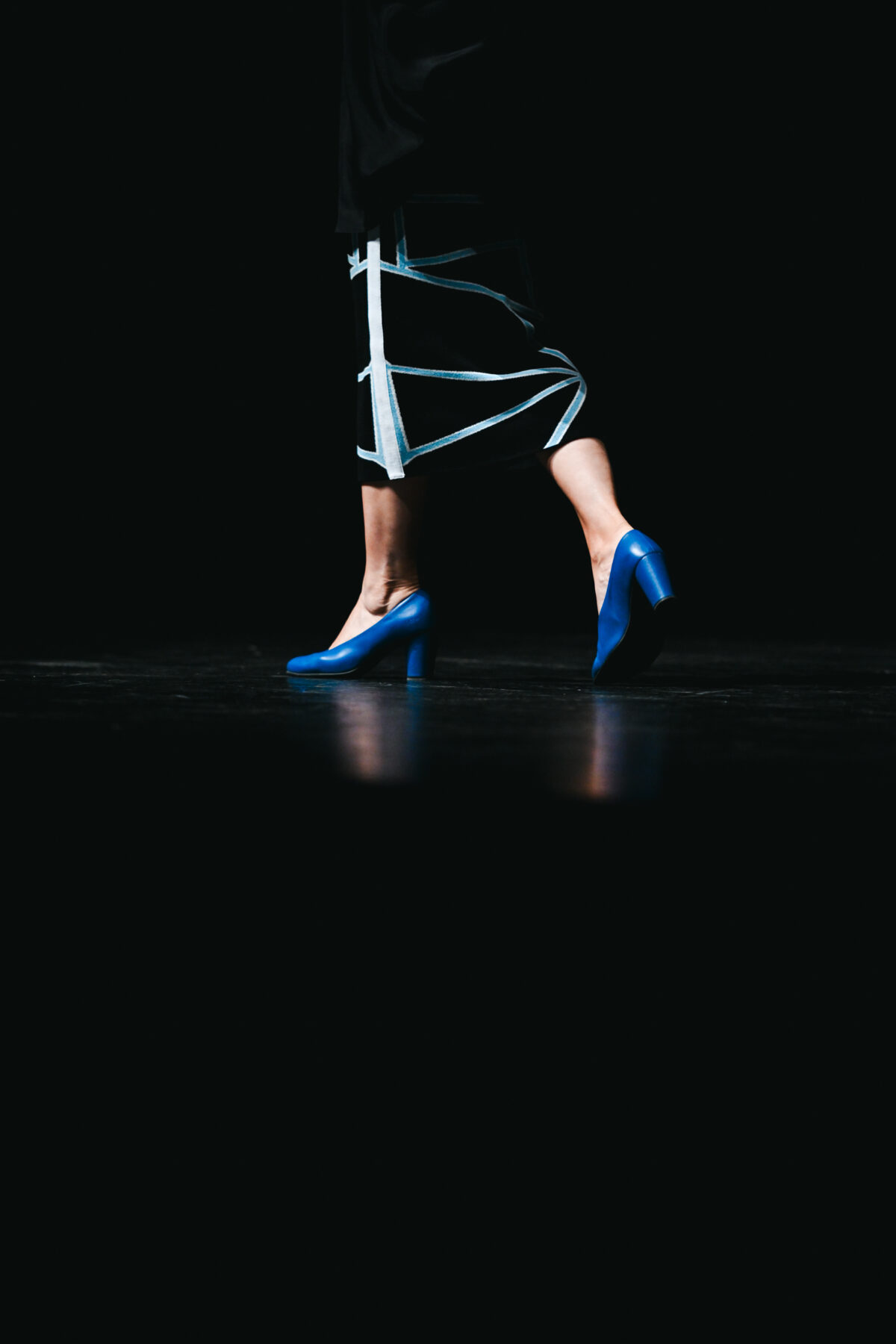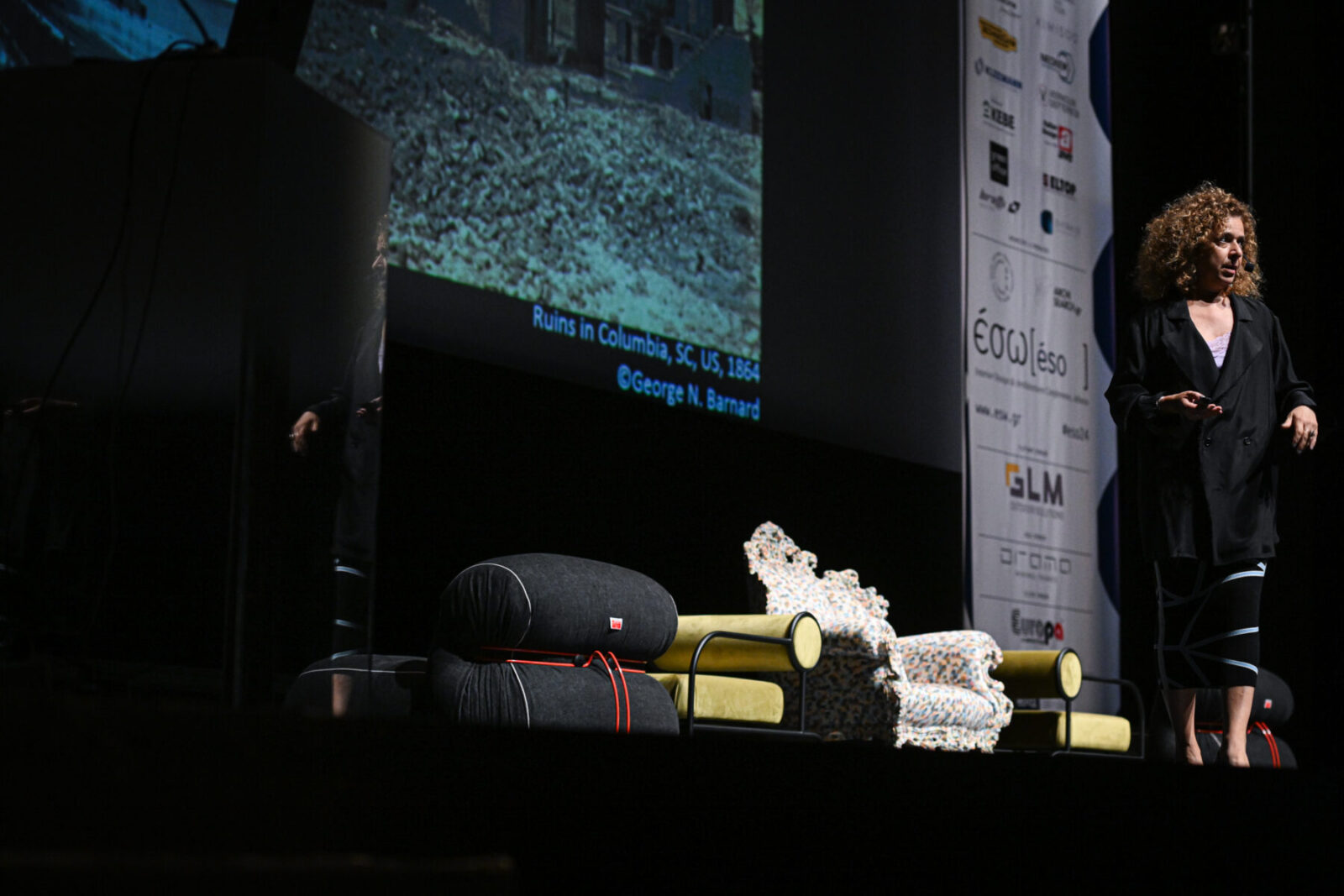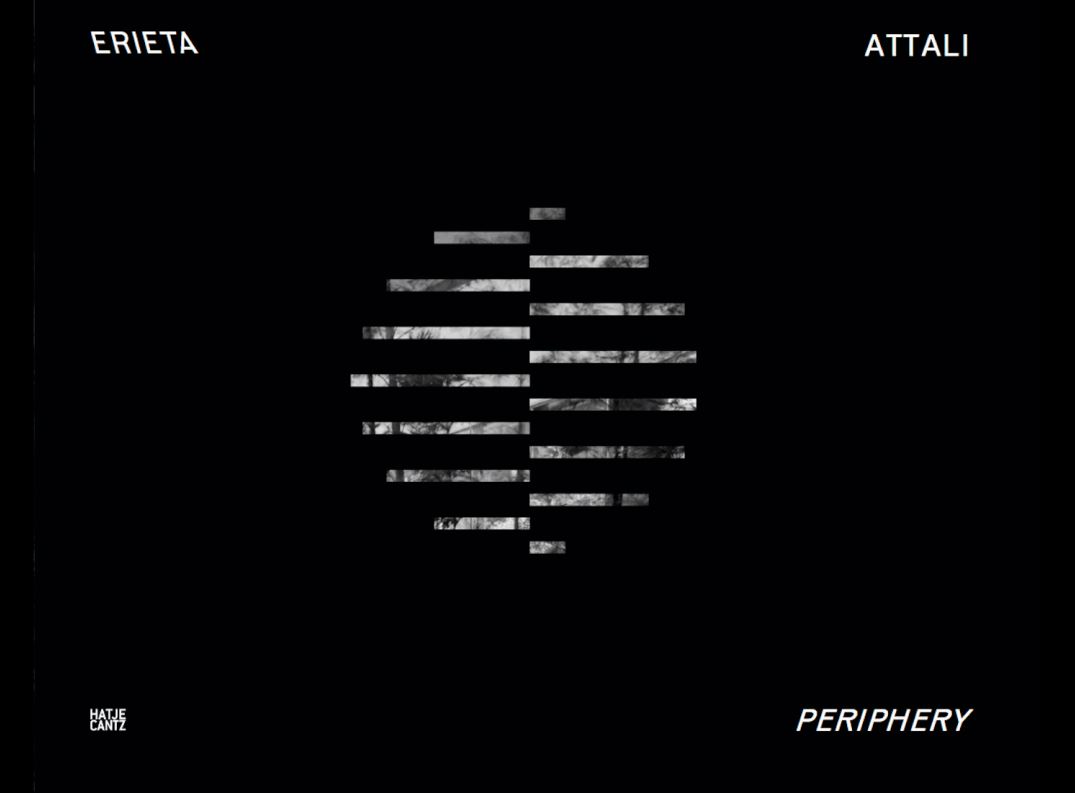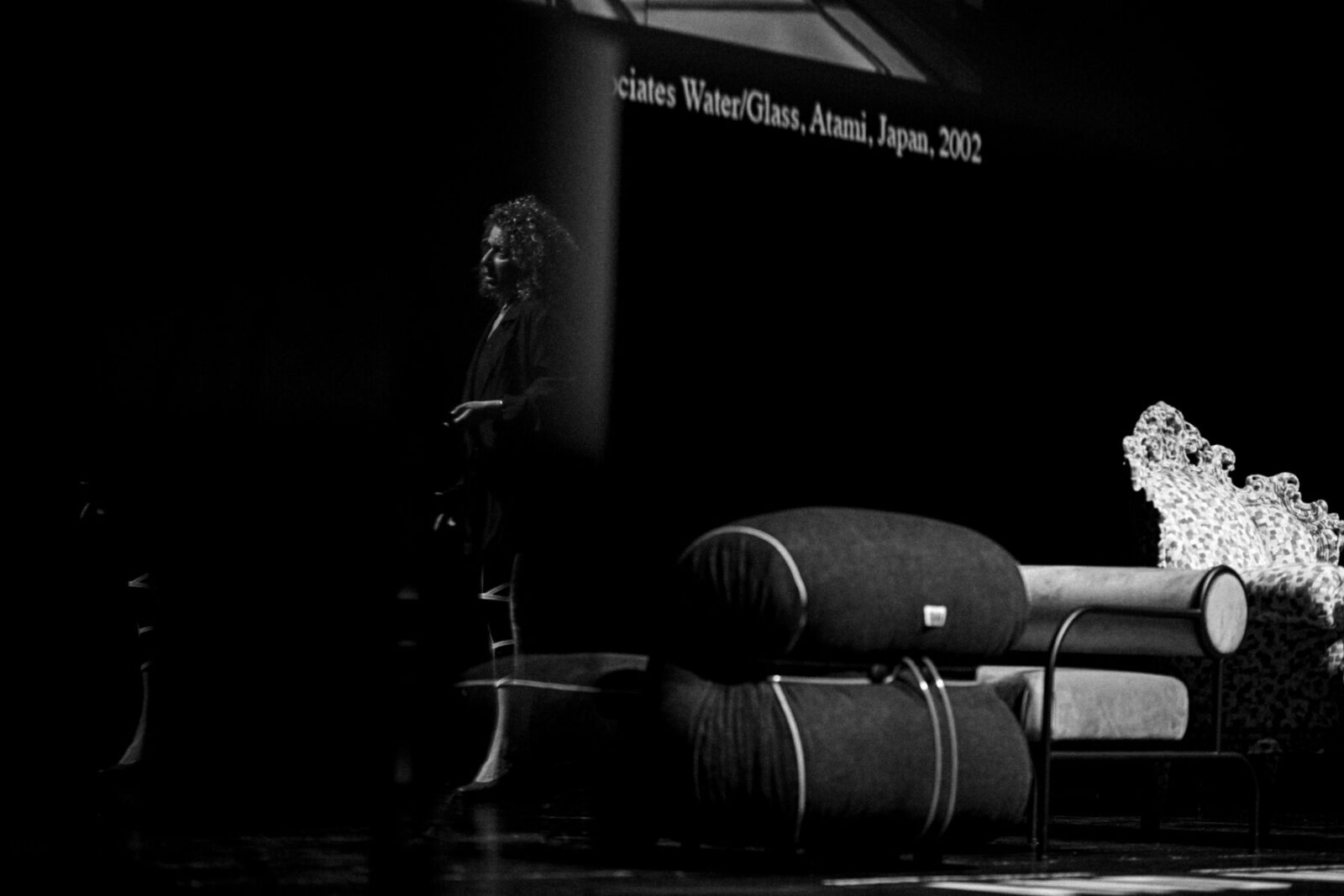Find out more about ΕΣΩ 2024 conference, ‘Down To Earth’: Nature, Materials, Sustainability & AI, here!
Erieta Attali introduced us to her speech talking about her early years, her studies and how she started working with architects.
“I’m originally from Algeria, Egypt, Israel, Turkey, Greece, and partially France. My work has been influenced from my origins between the sea and the desert. I started my studies in Athens, then I moved to London but in between I worked in archeology as a specialist in under-earth graves, spending almost 12 years in under earth photo shoots with the use of invisible light, collaborating with scientists, trying to understand more about the techniques of ancient painting. My first connection to photography of architecture happened in whenI met George Simaioforides. He was the one to invite me to photograph some modernist architectural works. The first projects I photographed was the Zenetos’ projects.”
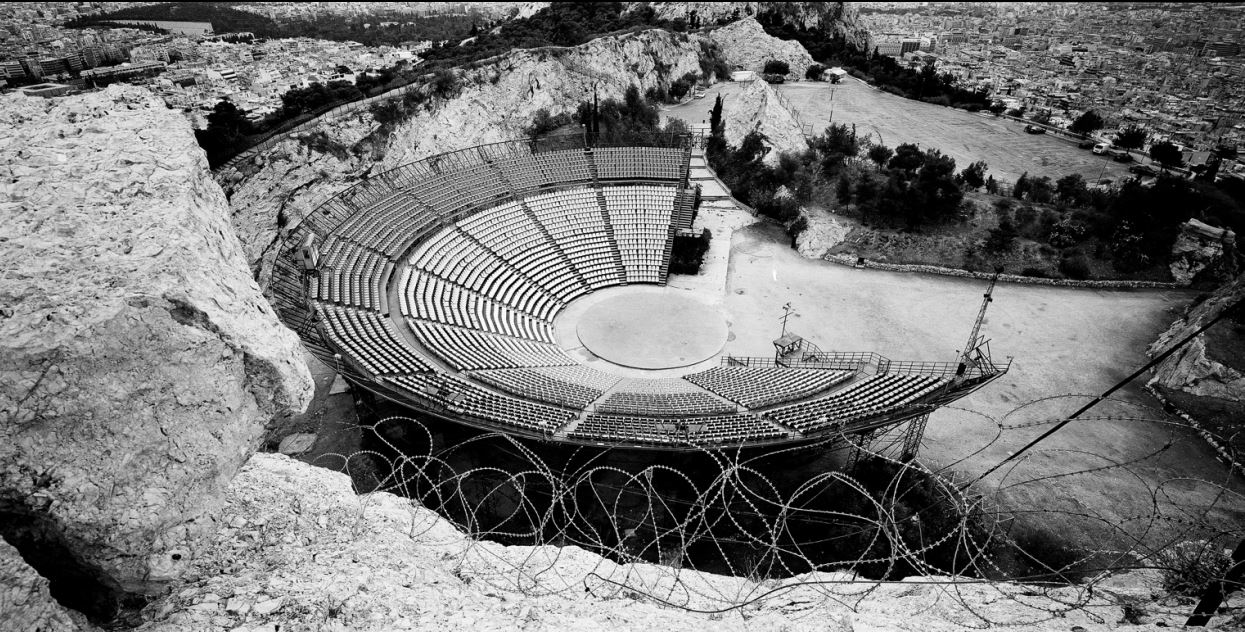
Takis Zenetos_Lycabettus Hill Theater, Athens
As a photographer of Landscapes and Archeology she didn’t know in the first place how to approach modernist or contemporary architecture photography. Following her enstict, she started photographing architecture as a part of the landscape it is built in.
She has always been always attracted to deserted landscapes across the world, especially the way with which landscapes create formations that could also be seen as remains of ancient buildings or even contemporary, as in the case in Atacama desert in Chile.
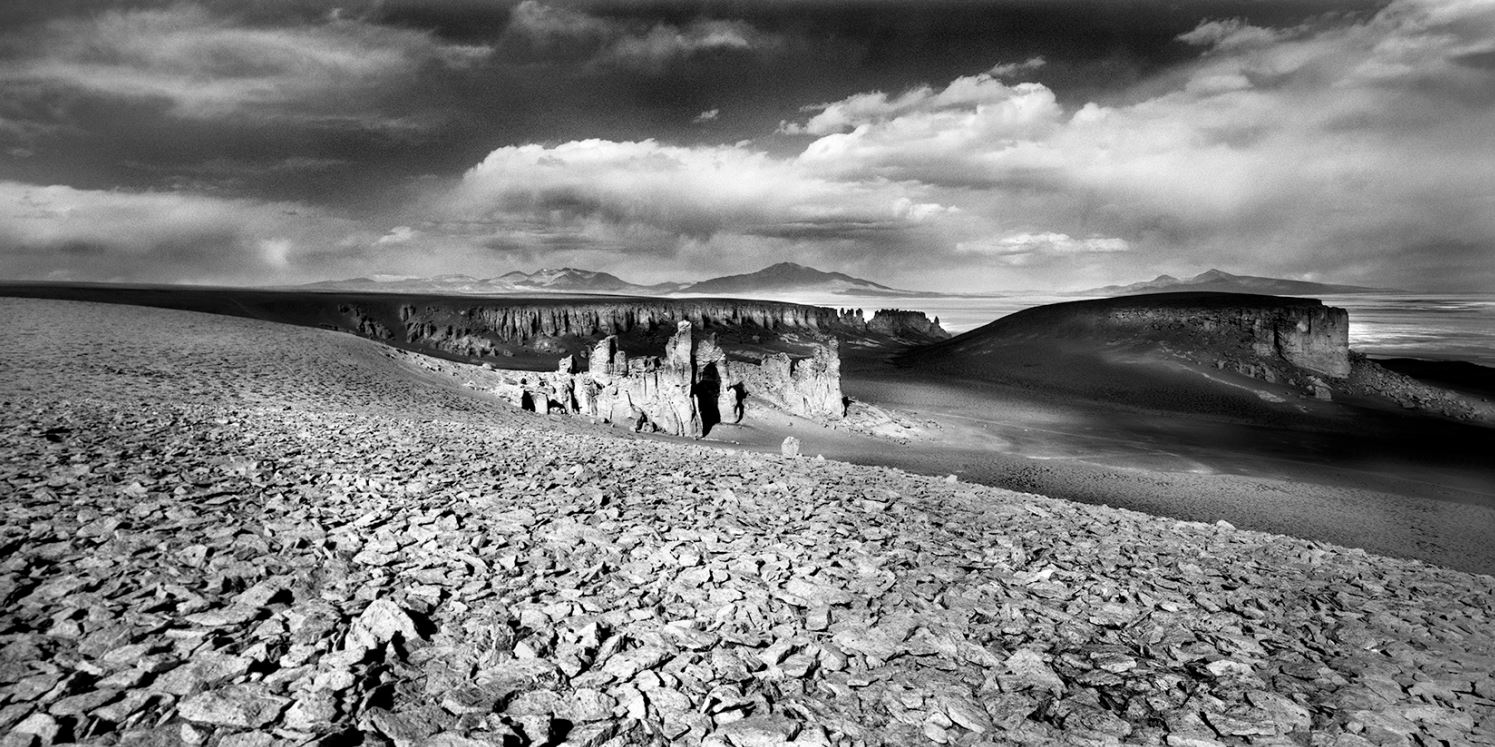
Atacama Desert, Chile
Major turning point in her photography is when she managed to get the Fulbright scholarship and get into Columbia University thanks to Yannis Aesopos and Bernard Tschumi who was the dean of Columbia University for 16 years, and she moved to New York City. Her first connection to contemporary architecture was with the work of Kengo Kuma “The Glass House”.
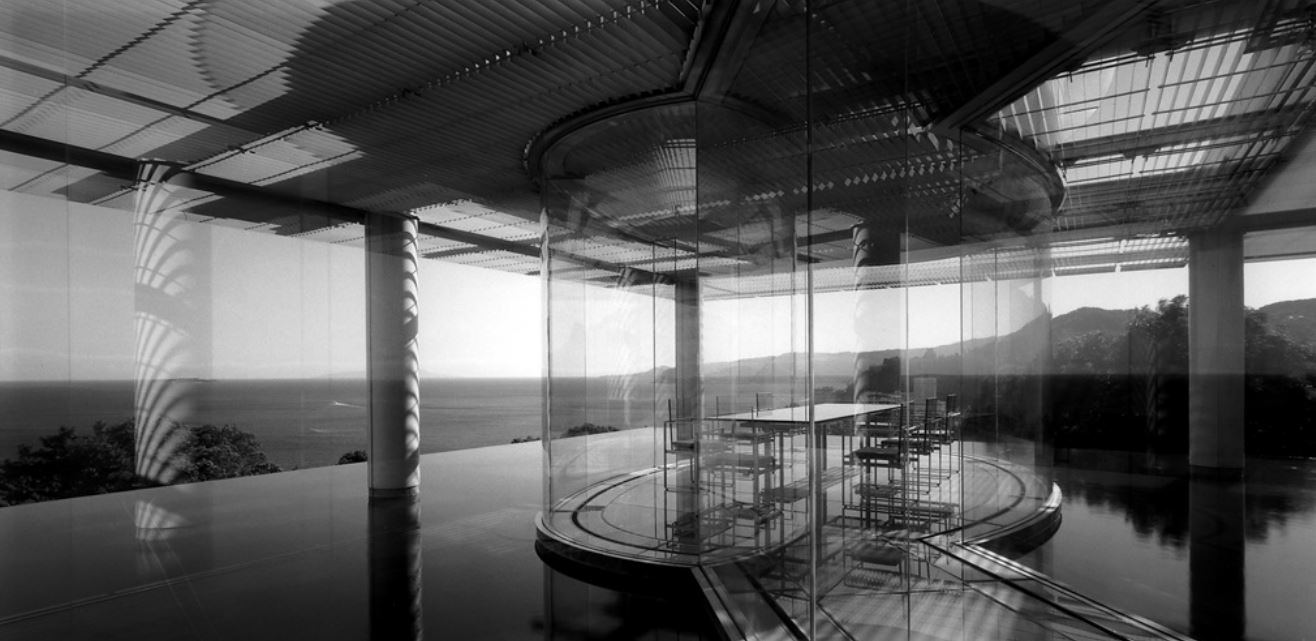
Kengo Kuma_The Glass House, Atami, Japan
“This house and this architect changed everything in my life, I hate being at home I cannot stand it. Suddenly, I found a building where I would be in the landscape while being inside. After New York, Crete, Aegean sea, I moved to Japan where I spent time photographing contemporary architects working with glass.”
Photographers bring the responsibility to capture architecture which is what remains in history. So, Erieta Attali brought questions as what is the responsibility of photographers photographing architecture? Should photography of a building be considered as an object or as an environment? What is the photographer’s role in the perception of architecture. In her case architecture is an environment.
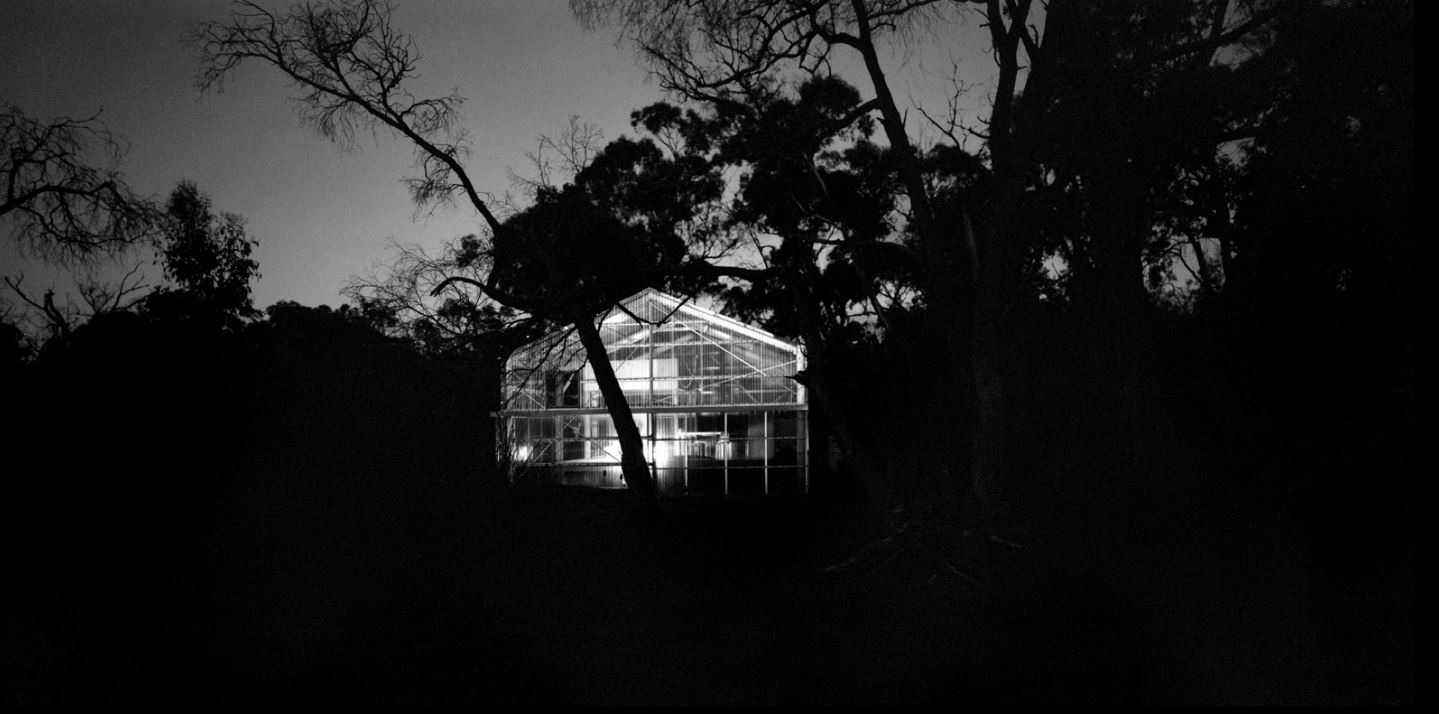
“During my initial stages being a photographer of landscapes and archeology which is always using references of how architecture can be photographed like it is the environment. The engagement, the intellectual connection and also the ways that we present architecture is very anequal, actually removing the context and then showing an object where we don’t know what is what”.
The work of Arnold Bocklin was also a turning point for her. This painter, made the same painting, the same scenario given in five different variations, so she would always go back and look at it. This influenced the way she looks at the same place but giving different expressions of it through her photographic lense.
Her body of work, thoughout the world is narrative based mostly at the edges.
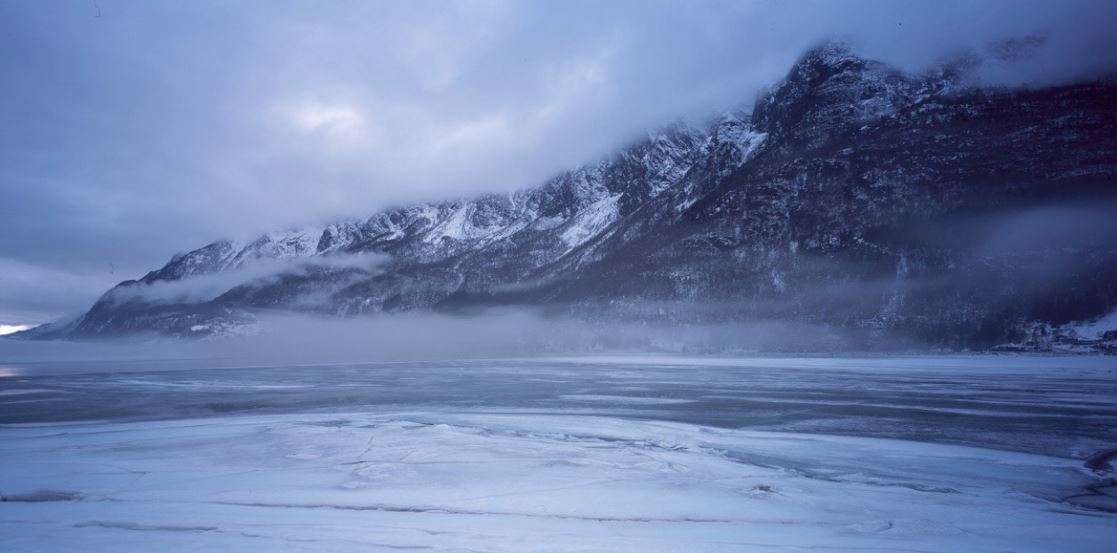
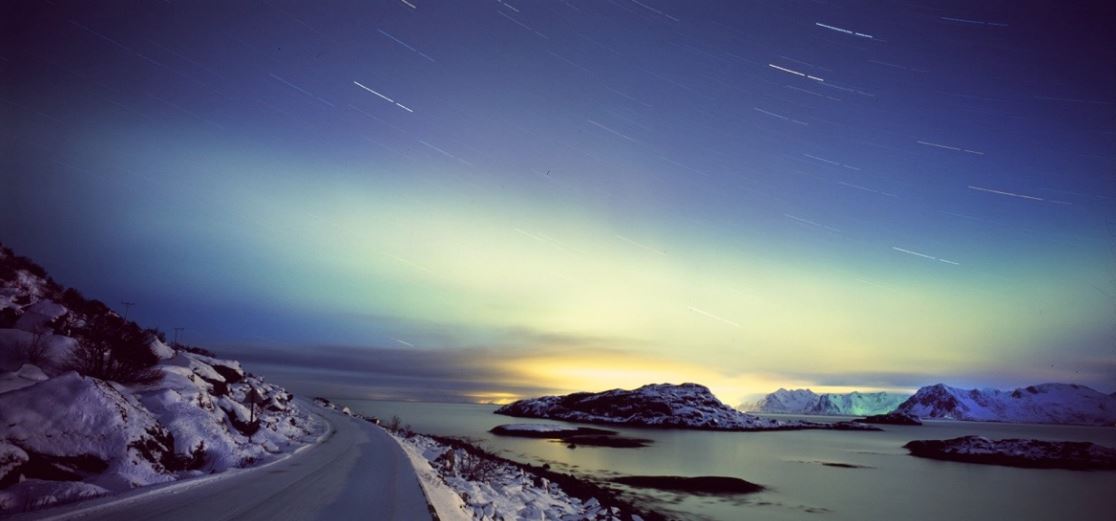
Erieta Attali is also a writer of many books. However turning point in this was her book “In Extremis: Landscae into Architecture” by the Columbia University Press.
And then moved to her first narrative based photography book with Kengo Kuma, under the title “GLASS | WOOD : Erieta Attali on Kengo Kuma”, where she photographed for 2 years a house visiting the visiting it for 22 times in different seasons.
“New Canaan” has been a big case study for her, dealing with topics as “transparency in nature”, “visual lexicon”, “cinematic approach”.
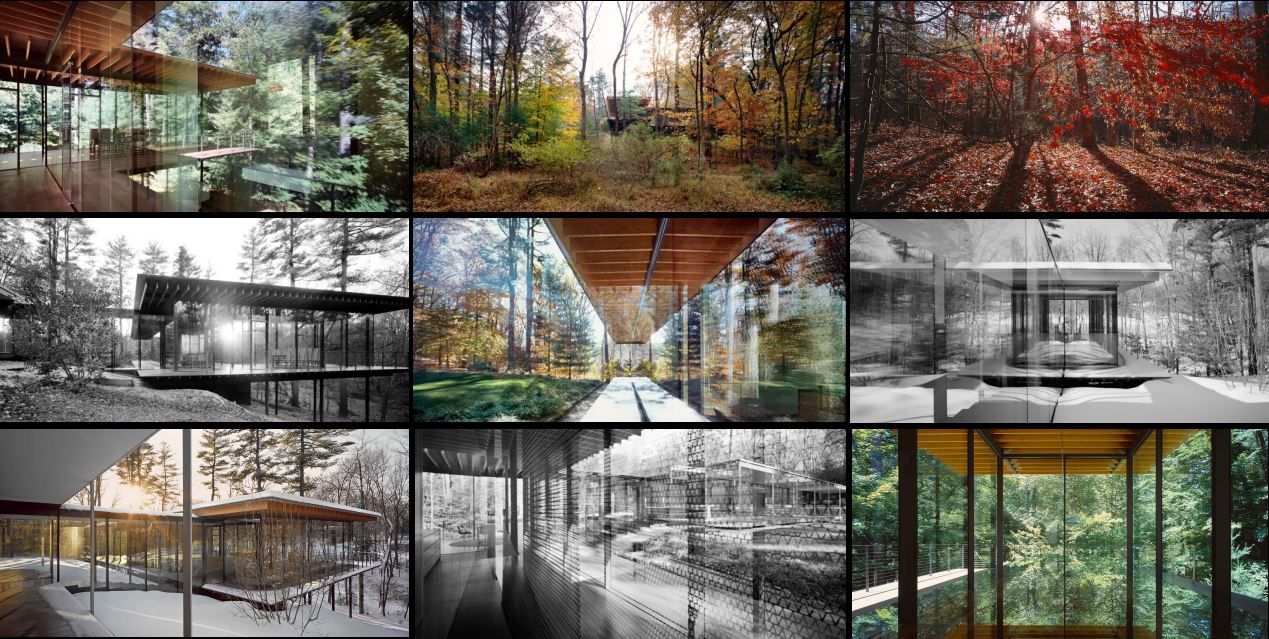
Glass/Wood house in New Canaan by Kengo Kuma
“The idea is how to move through a glass house and how to show the relationship in between the different phaces of the seasons and relationships of inside-outside, materiality, reflection, refraction, transparency, distortion, texture.”
Closing her speech, Erieta Attali spoke about the “periphery”. Since she was very young, she was “obsessed” with questions like: “What is the center of the world? What is the periphery? What is the the connection of the center to the periphery?“
Years later she made a book called “Periphery” and has won gold prize, which is referring to the relationship between the man-made structures at the edges of the world taking into consideration that the center according to the ancient Greek beliefs is Delos.
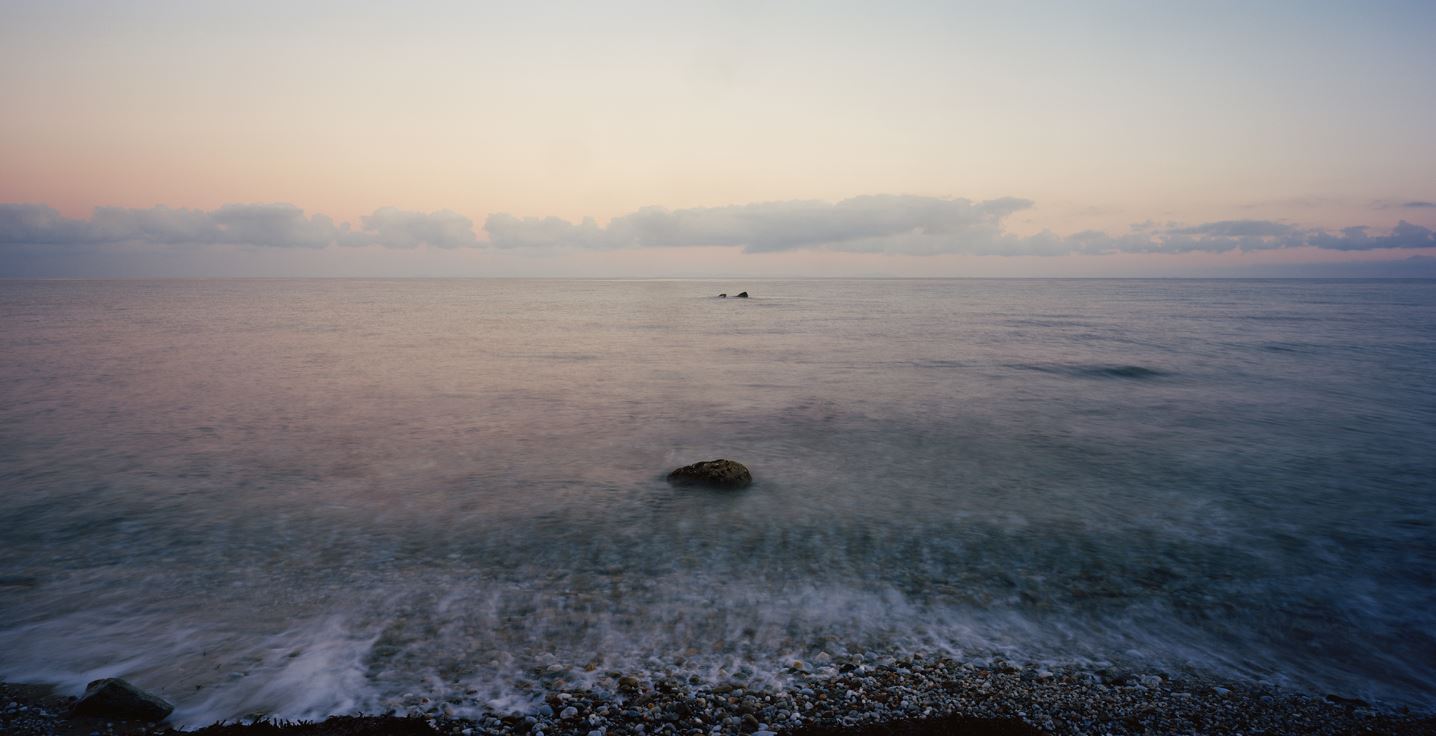
Aegean sea
So, her last large scale work is about the island of Delos. Located in the Aegean Sea around Delos, looking for Delos, photographing the island inside out. She has stayed there already for 30 days, photographing around the clock, after midnight, during the night, with full moon, using artificial light in combination with moonlight, and examining the relationship of the center to the periphery of the world.
Conference credits
Conference title ΕΣΩ 2024 – DOWN TO EARTH
Typology Architecture & Design conference
Location ΑAlexandra Triandi hall, Megaron Athens concert hall
Date 22nd of May 2024
Χορηγοί
Platinum Sponsor GLM OUTDOOR SOLUTIONS
Gold Sponsor ORAMA MINIMAL FRAMES
Silver Sponsor EUROPA
Bronze Sponsor ELVIAL
Special Sponsor LAFARGE
Major Sponsors ELTOP, ΚΕΒΕ, TEXTURES AND TILES, SIFAKIS GLASS CONSTRUCTIONS, ΚΥΠΡΙΩΤΗΣ, KIMISOO, FRANKE, STO INTERNATIONAL, BRATTI, VERNOLIN DEFTEREOS, ARCHITEXTURE, BENJAMIN MOORE, NEOKEM, FURNITURE GALLERY, GRUPPO CUCINE, ISOMAT, MARMOURIS, SATO, STORMY SA, NAFPLIOTIS GLASS, URBI ET ORBI, MOLESKINE, ETHIMO, KLEEMANN, KALOTARANIS, AVE, TECHNOGYM, THE GREEN OFFICE.
Content Creation & Communication Sponsor Archisearch.gr
Production Management & Art Direction Design Ambassador
Photography Aphroditi Houlaki, Curated by Design Ambassador
READ ALSO: Αρχιτεκτονική ποιητική - Κείμενα, 1959–2019 | Σουζάνα Αντωνακάκη
